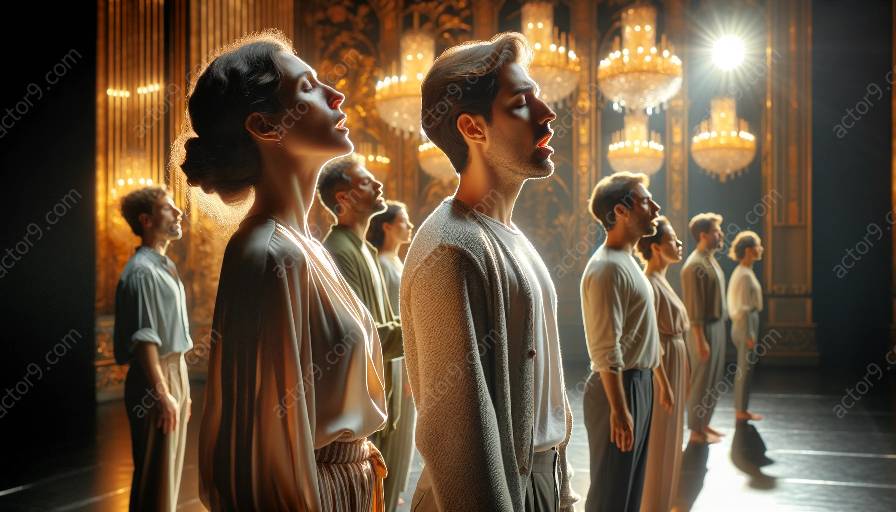When it comes to acting techniques, the Linklater voice technique holds a special place. Developed by renowned voice coach Kristin Linklater, this approach focuses on releasing natural, expressive, and authentic vocal expression in actors. By understanding the key principles behind the Linklater voice technique, actors can enhance their vocal abilities and bring depth to their performances. Additionally, the Linklater technique is compatible with various other acting techniques, making it a valuable asset for actors seeking to expand their skill set.
The Linklater Voice Technique: An Overview
The Linklater voice technique is rooted in the belief that the voice is an instrument capable of conveying emotions, thoughts, and characters in a profound and impactful manner. Rather than focusing solely on projecting volume, the technique emphasizes the free and unobstructed expression of an actor's voice, allowing for greater authenticity and emotional resonance.
Key Principles of the Linklater Voice Technique
1. Resonance and Breath Control: One of the foundational principles of the Linklater technique is the exploration of resonance and breath control. Actors are guided to develop a deeper connection to their breath and explore the resonant chambers of their bodies, allowing for a richer and more resonant vocal quality.
2. Release of Tension: Linklater's approach involves addressing and releasing physical and emotional tensions that may hinder vocal expression. By identifying and letting go of tension, actors can achieve a more genuine and uninhibited vocal performance.
3. Integration with Emotions: The technique encourages the integration of emotions into vocal expression, enabling actors to tap into their authentic feelings and infuse them into their voice, adding depth and sincerity to their performances.
4. Pitch and Articulation: Linklater's method also delves into the nuances of pitch and articulation, empowering actors to explore a wide range of vocal dynamics and precise articulation, enhancing their ability to convey complex emotions and portray diverse characters.
Compatibility with Other Acting Techniques
The Linklater voice technique complements and enhances a wide range of acting techniques. For instance, when combined with Stanislavski's method, actors can employ their freed voice to embody character motives and intentions more effectively. Additionally, it can be seamlessly integrated with Meisner's technique, as the liberated voice aids in truthful and spontaneous responses to fellow actors.
Moreover, when applied alongside the Alexander Technique, the Linklater method can promote a deeper awareness of the body-mind connection, fostering a holistic approach to vocal and physical expression in acting.
Embracing the Transformative Power of the Linklater Technique
The Linklater voice technique holds the potential to transform an actor's approach to vocal expression and character portrayal. By embracing its key principles, actors can unlock the true power of their voice, elevating their performances to a new level of authenticity and emotional impact. This transformative capability, combined with its compatibility with other acting techniques, solidifies the Linklater method as an invaluable resource for actors striving to expand their craft and deliver compelling, nuanced performances.













































